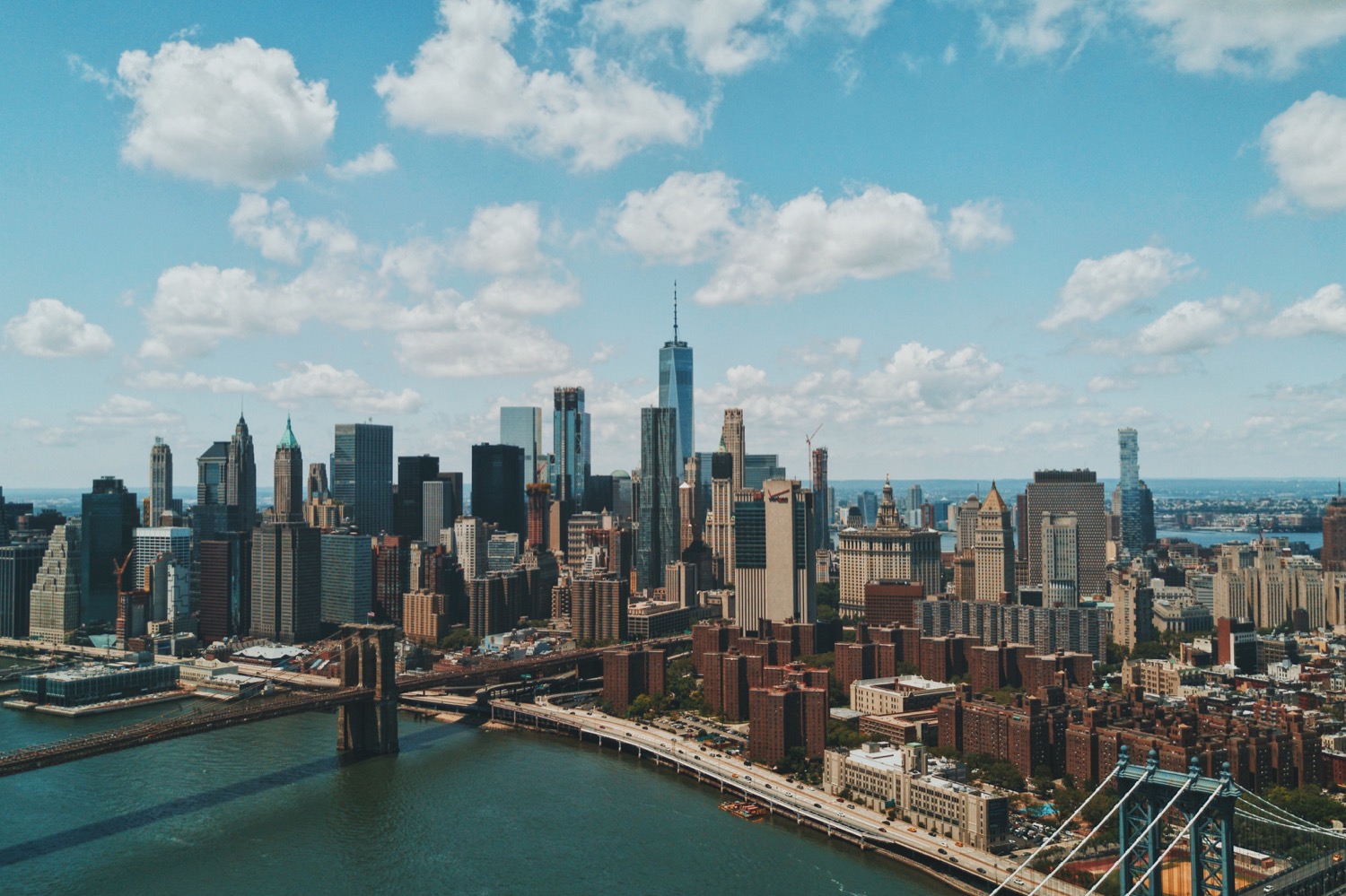US Public Transport Tips To Always Take Into Account
Public transit can be an excellent way to travel in US cities. By taking the appropriate measures, public transport rides will ensure they are safe, efficient, and comfortable experiences.
Practice good etiquette by letting outgoing riders off first, offering your seat to pregnant women, the elderly, injured/disabled people or those needing special accommodations (e.g. pregnant women). Also carry travel umbrellas, hand sanitizer and tissues as necessary even on bus tours.
Table of contents
Plan Ahead
No matter if you’re just exploring one city or traveling across North America, public transportation is an essential aspect of life. Cities often provide multiple modes of transit – trains, buses and taxis are among them – which you should familiarize yourself with before visiting each destination. Apps can help plan routes; just be sure to have an up-to-date map handy in case there’s any unexpected delay! Use headphones when riding transit if at all possible as this poses a significant safety risk – save it for when it is quieter rides instead!
The United States lags far behind its international peers when it comes to efficient public transport systems, yet treating public transport like an essential service rather than social welfare could make bus networks and commuter rails cheaper and more effective. Until that happens, you should follow these tips for using public transport in America:..
Be Polite
Polite social behavior on public transit isn’t simply common sense – it is integral to both passengers’ safety and enjoyment. Reserving personal space for those in need, not blasting music excessively and keeping it clean are all part of proper transit etiquette.
Conversations should remain brief and polite when engaging strangers on public transport, especially since many use transit time as a time to relax or prepare for their day – loud discussions could prove disruptive to these efforts.
If you are sitting in a priority seat, be considerate and offer it to elderly or disabled riders first, with special consideration given for children and pregnant women who should receive priority seating as well. When leaving seats to stand on, keep bags off seats to maximize standing room and prevent unbalanced falls which could injure other passengers. Furthermore, put your phone on vibrate/silent mode unless making an emergency call.
Carry the Right Gear
The quality of public transport varies significantly across the US. While larger cities typically feature subway systems, smaller places tend to rely more heavily on buses or surface-level light rail. Unfortunately, however, most US public transit is shockingly unreliable when measured against European or Japanese standards; some areas even experience crime-ridden situations requiring you to take extra precautions when using public transportation: avoid flashing cash and valuables in public and save your music for later – riding with headphones can pose a safety threat both to yourself and other passengers.
Get a Monthly Pass
Most public transport systems in the US offer monthly train, light rail and bus passes that save money when purchased by those staying for extended periods. These passes may be purchased online through mobile apps provided by transportation companies or at station ticket offices.
Not only are monthly train passes convenient, they double as MetroCards that can be used to pay subway fare on one card. Furthermore, these passes often exempt pass holders from peak and non-peak charges (i.e. when buying from Westport to Manhattan peak charges won’t apply).
Long-distance buses may provide an economical means of travel between cities, but it is essential to remember that many worthwhile and memorable destinations lie outside city centers. Therefore, for optimal results it may be beneficial to rent a car in major cities while using train or bus travel in more remote regions.
Remember, never travel without travel insurance! And never overpay for travel insurance!
I use HeyMondo. You get INSTANT quotes. Super cheap, they actually pay out, AND they cover almost everywhere, where most insurance companies don't (even places like Central African Republic etc!). You can sign-up here. PS You even get 5% off if you use MY LINK! You can even sign up if you're already overseas and traveling, pretty cool.
Also, if you want to start a blog...I CAN HELP YOU!
Also, if you want to start a blog, and start to change your life, I'd love to help you! Email me on johnny@onestep4ward.com. In the meantime, check out my super easy blog post on how to start a travel blog in under 30 minutes, here! And if you just want to get cracking, use BlueHost at a discount, through me.
Also, (if you're like me, and awful with tech-stuff) email me and my team can get a blog up and running for you, designed and everything, for $699 - email johnny@onestep4ward.com to get started.
Do you work remotely? Are you a digital nomad/blogger etc? You need to be insured too.
I use SafetyWing for my digital nomad insurance. It covers me while I live overseas. It's just $10 a week, and it's amazing! No upfront fees, you just pay week by week, and you can sign up just for a week if you want, then switch it off and on whenever. You can read my review here, and you can sign-up here!














 As you know, blogging changed my life. I left Ireland broke, with no plan, with just a one-way ticket to Thailand
and no money. Since then, I started a blog, then a digital media company, I've made
more than $1,500,000 USD, bought 4 properties and visited (almost) every country in the world. And I did it all from my laptop as I
travel the world and live my dream. I talk about how I did it, and how you can do it too, in my COMPLETELY FREE
Ebook, all 20,000
words or so. Just finish the process by putting in your email below and I'll mail it right out to you immediately. No spam ever too, I promise!
As you know, blogging changed my life. I left Ireland broke, with no plan, with just a one-way ticket to Thailand
and no money. Since then, I started a blog, then a digital media company, I've made
more than $1,500,000 USD, bought 4 properties and visited (almost) every country in the world. And I did it all from my laptop as I
travel the world and live my dream. I talk about how I did it, and how you can do it too, in my COMPLETELY FREE
Ebook, all 20,000
words or so. Just finish the process by putting in your email below and I'll mail it right out to you immediately. No spam ever too, I promise!
